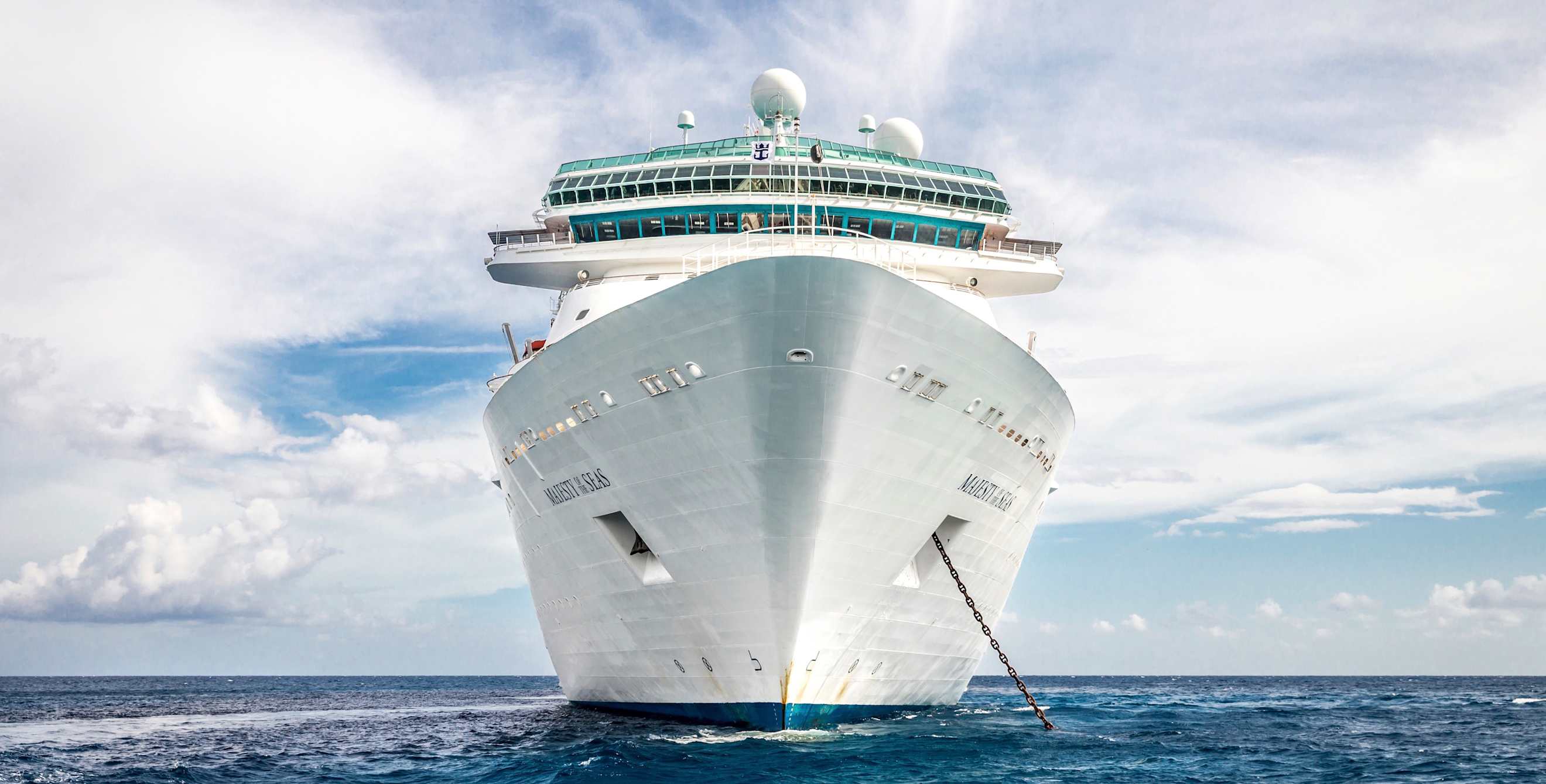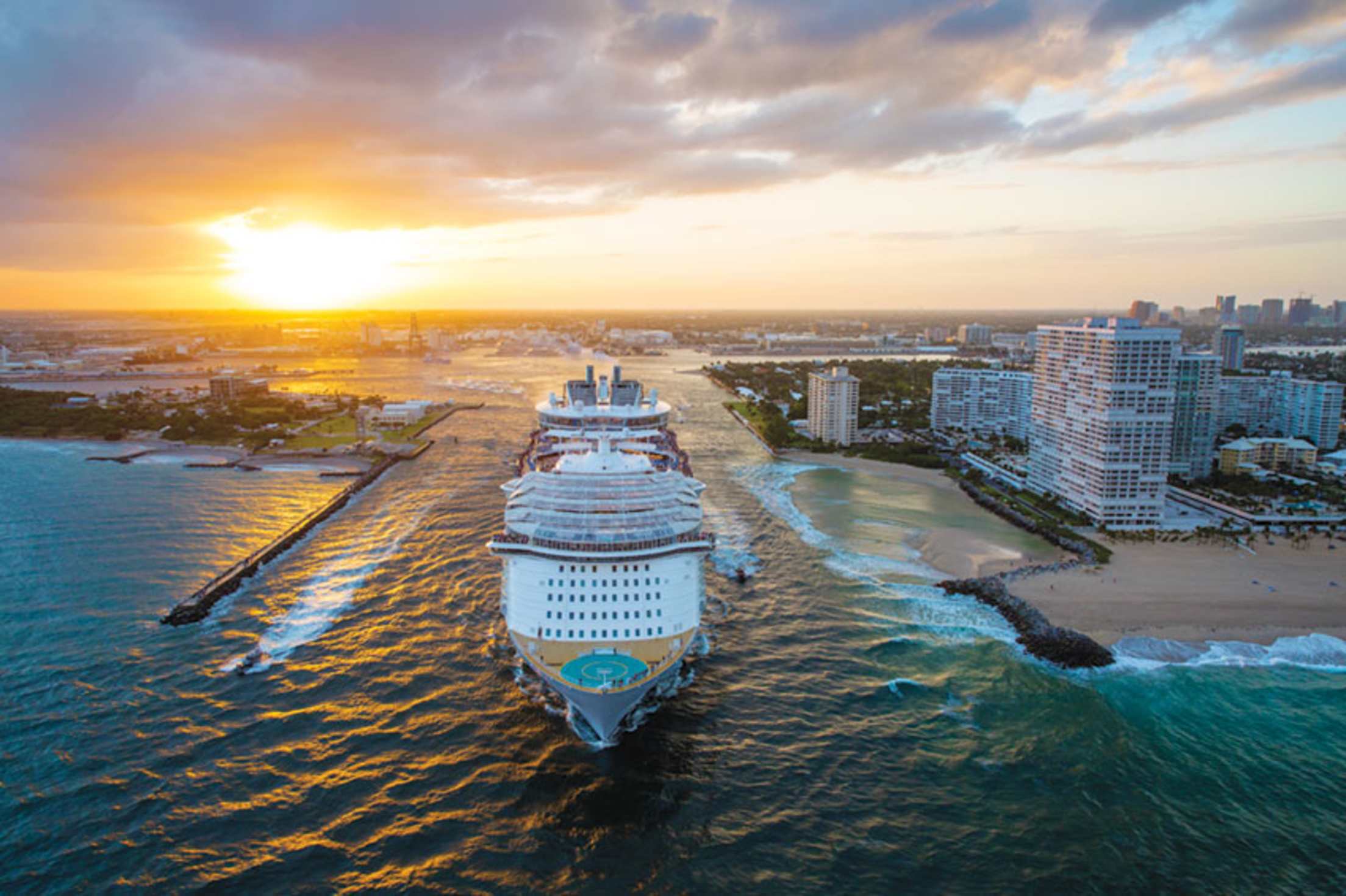
Why Take a Cruise?
Passenger ships pose a sea of possibility.

Vacation and travel are not necessarily the same thing. Vacation comes from vacare, to be unoccupied, and it’s about heroic relaxation. Travel comes from travailen, to strive or journey, and it’s about awesome adventures. The happy meeting place for these sometimes antithetical activities is a cruise ship.
If it’s relaxation you want, the typical ocean liner offers swimming pools, spa facilities, scrumptious food, and perhaps too many ways to slake your thirst: You might find a piano bar, an ice bar, a martini bar, and even a bar where the drinks are made by robots. No matter how many places the itinerary includes, you only have to unpack once.
For adventure, cruise ships pull into more than 1,000 ports spread across the world’s continents. They give you access to zip lines, bumper cars, and skydiving simulators—and that’s just on board. Disembark and you can fish for king salmon in Alaska, ride a gondola along the Grand Canal in Venice, or feed stingrays in Grand Cayman.
And for all the intoxicating amenities, the biggest luxury may be a simple one—the chance to stretch out on a deck chair and watch the light shimmer on the water as you sail to your next destination.

3 Tips for Getting the Most Out of Your Cruise
Spend time learning about cruise lines and fares.
Not all cruise lines are created equal. Some are high-end, with fares to match; others are easier on the pocketbook. Or are they? To determine which provider offers the best value for your money, consider what’s included beyond accommodation. On luxury liners, the fare often covers beverages (alcoholic and non), gratuities, and meals in specialty restaurants. Many cruise operators charge additional fees for these “extras.”
Invest in travel insurance.
Unforeseen incidents—family illness, airline delays, lost luggage, medical emergencies—can scuttle a cruise. It’s wise to purchase trip insurance for your protection and peace of mind. Policies and prices vary, of course. A travel agent can help you choose the right option for your circumstances, whether it’s offered through the cruise line itself or a third-party insurance company.
Save money by booking for a shoulder season.
In many regions, you can avoid crowds and pay lower prices by cruising during shoulder seasons, which bracket peak months. For Alaska itineraries, that means you want to book for late May through June, or late September. Heading to the Mediterranean? Try April, October, and November. The Caribbean shoulder seasons of January–February and October–November bring another bonus: The weather is often cooler and less humid than at other times of year.
AAA Travel Agents can help you plan your next cruise, including helping you find the right line that matches your travel style.